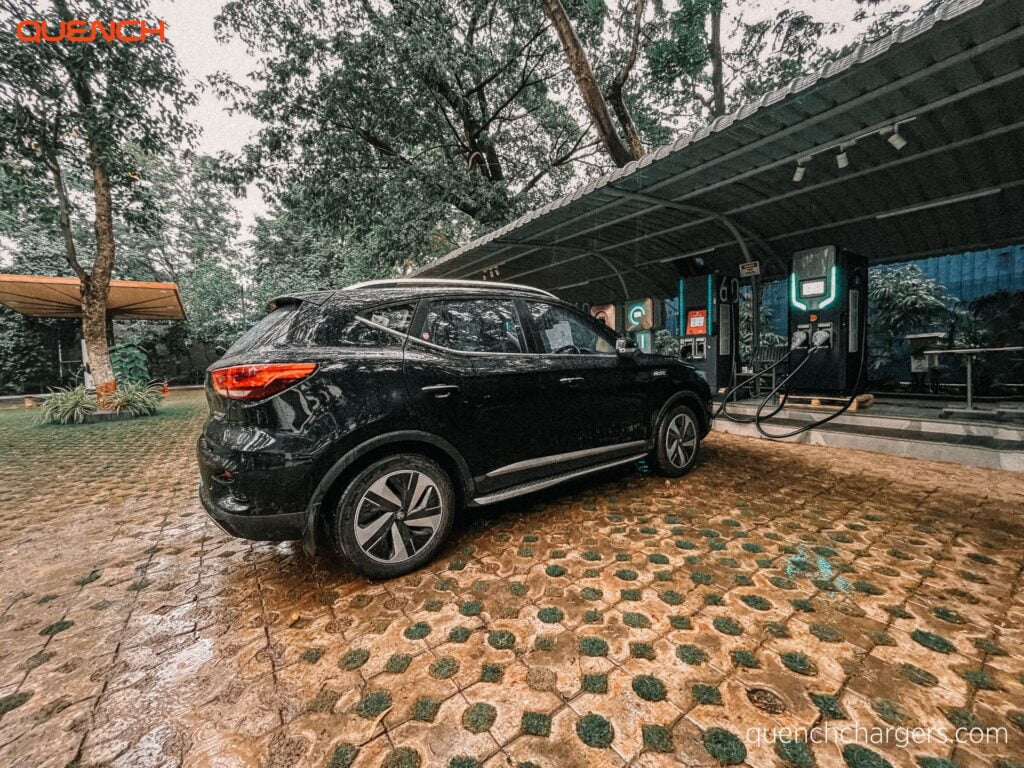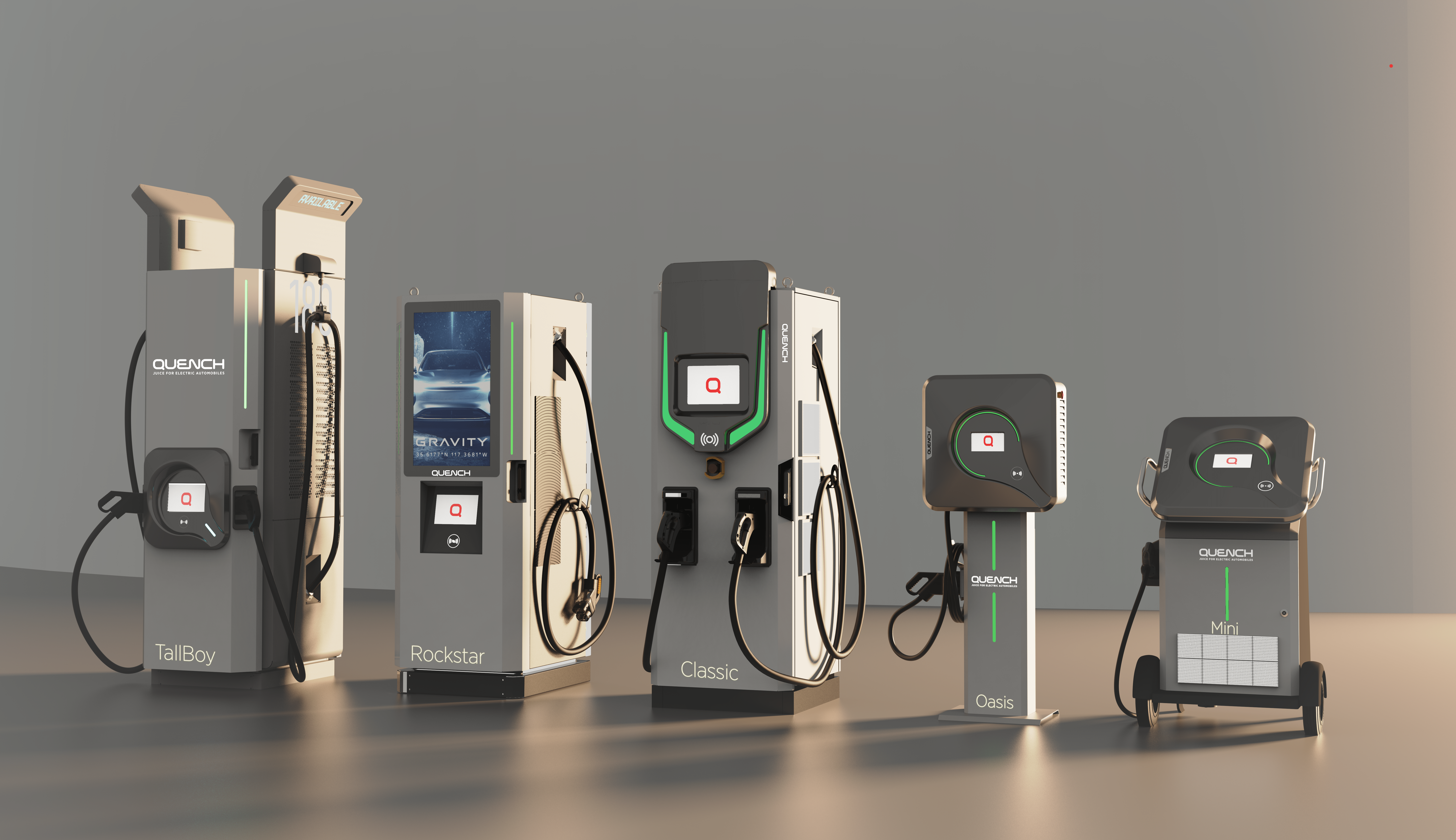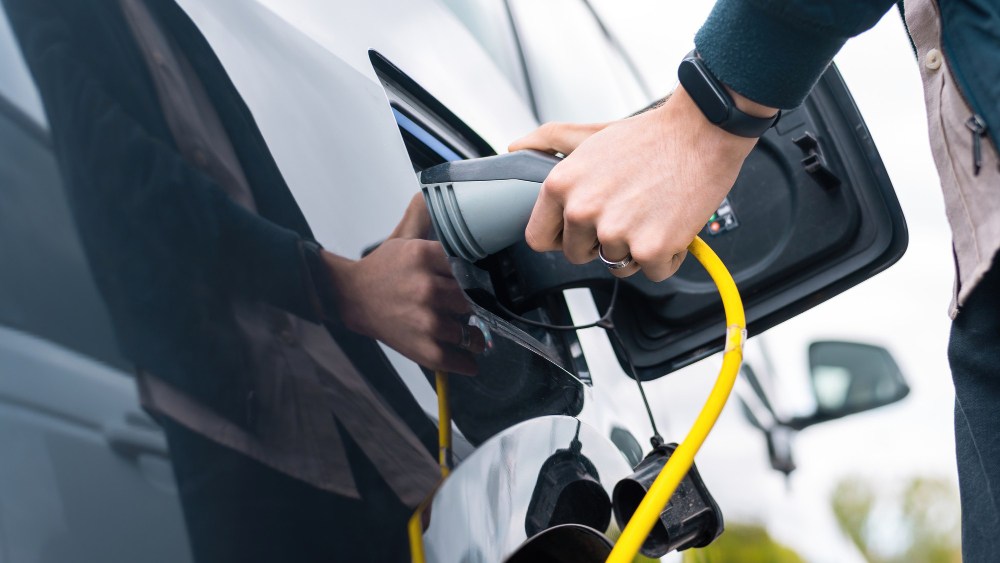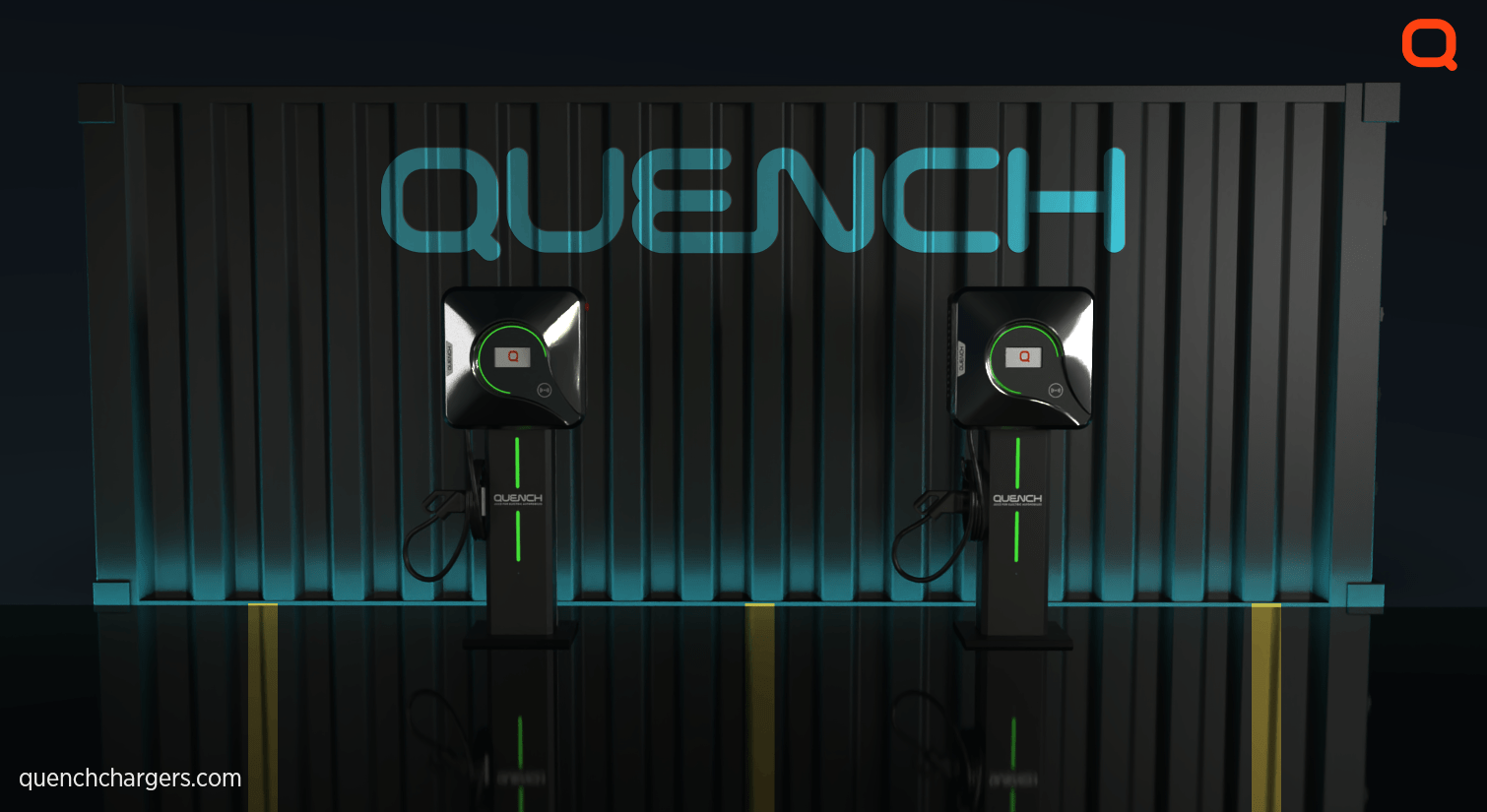As we approach towards the peak of the monsoon season, EV owners must be well-prepared to tackle the challenges associated with charging their vehicles in wet and humid conditions. Rainwater and moisture can pose safety risks and potentially affect the charging process. In this blog, we will delve into specific, informative tips and practices that will help EV owners safely and efficiently charge their vehicles during the rainy season.
Opt for Covered Charging Stations
Selecting covered charging stations is a top priority during the rainy season. Seek out charging stations installed under a canopy or in covered parking structures. These locations offer protection against rainwater, minimizing the risk of water damage to both your EV and the charging equipment.
Utilize Weatherproof Charging Cables and Plugs
When covered charging stations are unavailable, invest in high-quality, weatherproof charging cables and plugs. These specialized accessories are designed to withstand exposure to rain and moisture, ensuring safe and efficient charging throughout the rainy season. All the Quench Chargers are IP 54 which are able to withstand torrential rains. Remember always to wipe down the charging port and connector before plugging in your EV to prevent water from infiltrating the vehicle’s charging system.
Regularly Inspect Charging Equipment
Prior to commencing the charging process, conduct a thorough inspection of the charging cable and connector. Rain can exacerbate existing issues and compromise the safety of the charging equipment. In case you observe any damage or exposed wires, avoid using the cable and promptly have it replaced by a qualified professional. There are mutiple levels of safety mechanisms incorporated in Quench Chargers, in the extreme case of breach of water – the connection will be interrupted, and the flow of current will be halted protecting the user and the car.
Maintain a Dry Charging Area
For home charging, ensure that the charging station and its surroundings remain dry. Ideally, install the charging station in a sheltered location like a garage or carport. If you lack a covered charging area, use weather-resistant covers to shield the charging station and power outlet from rainwater.
Monitor Charging Speed and Efficiency
Rainy and humid conditions can impact charging efficiency, particularly if the charging station is exposed to water. Vigilantly monitor the charging speed and ensure that the process is proceeding as expected. If any issues arise, such as slower charging or intermittent interruptions, halt the charging process immediately and inspect the charging equipment for water ingress or damage.
Maintain Optimal Battery Health
To maintain battery health during the rainy season, avoid depleting the battery to extremely low levels and aim to keep it charged between 20% to 80%. Leverage the vehicle’s battery management system, if available, to regulate temperature and safeguard the battery from potential damage caused by extreme weather conditions.

Charging your EV during the rainy season requires a proactive and safety-conscious approach. By following the informative tips outlined in this guide, you can protect your EV’s charging equipment, extend the life of your battery, and charge your vehicle without any weather-related hindrances. Embrace these practices to navigate the rainy season seamlessly, all while enjoying the eco-friendly and cost-effective benefits of electric vehicles. Happy charging!





